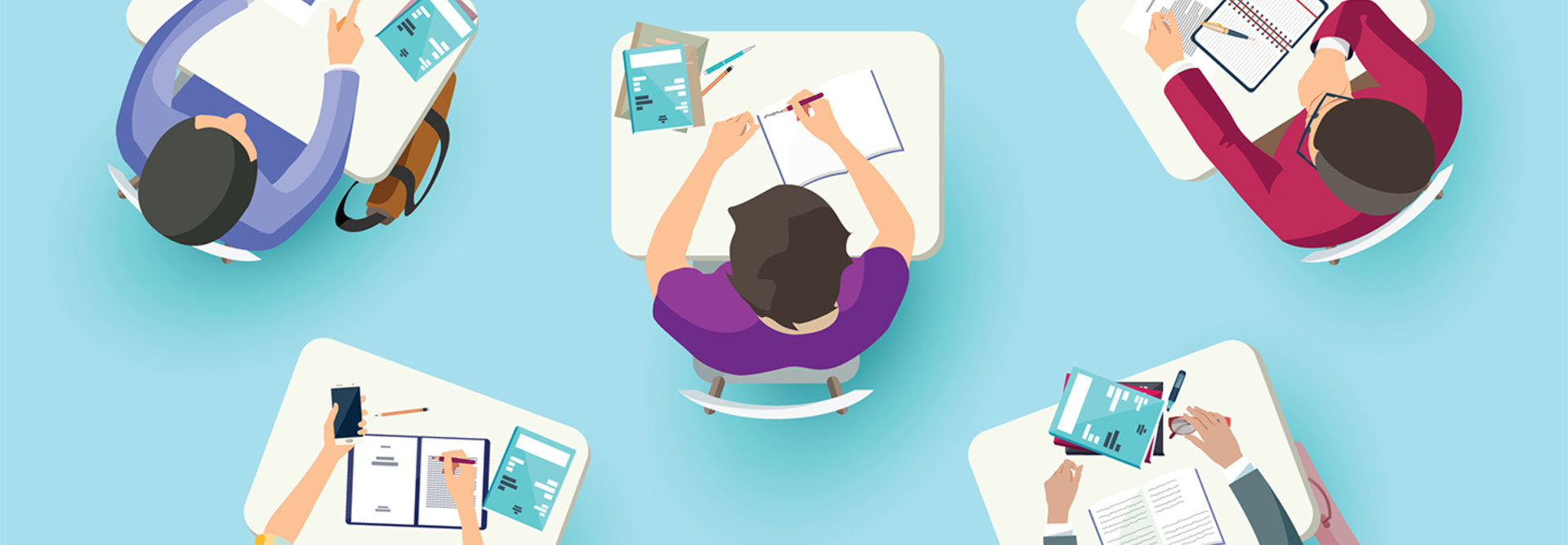One-to-One Devices and Microsoft’s Imagine Academy Teach Future-Ready Skills
As a school teacher for over 15 years, I’ve seen how technology has changed the classroom. Access to new technology can significantly increase learning outcomes and opportunities for future employment.
For these reasons, I am passionate about helping middle school students learn how to use technology. To accomplish this, we established a Microsoft Imagine Academy at our school.
The Imagine Academy program provides the technology, tools, training, curriculum, skills and Microsoft product certifications that teachers and students need be successful at work and school. Educators have access to ready-to-use computer science and IT curriculum and lesson plans, plus the support and professional development opportunities necessary for success.
Through this program, I’ve seen our students gain technology skills in Word, PowerPoint, Excel and OneNote, and achieve Microsoft certifications that help them succeed at school, college and in today’s technology-centered jobs.
SIGN UP: Get more news from the EdTech newsletter in your inbox every two weeks!
Access to Laptops Boosts Learning
Access to a computer is another big component of learning through technology. Our students each have their own HP Stream 11 Pro, a lightweight yet durable 11-inch laptop they use to do class work at school and to complete assignments at home.
Because they each have their own device, I’m able to optimize the Imagine Academy curriculum for each student. They tackle the lessons that make up the course at their own pace, and I can ensure they get any help they need either in person or via e-mail.
Students can further broaden their knowledge through Minecraft, Discovery VR, 3D printing, coding and various other science, technology, engineering and math (STEM) lessons.
This one-to-one device program also allows me to be more efficient. I can use OneNote and ClassFlow to share lessons and assignments as well as to collaborate with students, parents and other teachers.
Students are able to use the skills they develop in Word, PowerPoint and OneNote to complete assignments from other teachers. We’ve noticed that students who know how to use Office 365 do better in other classes. These skills will serve them well in high school and beyond.
Classroom Environments Support Lifelong Learning
Learning is about more than just the technology though. I want students to be excited about learning in general, and learning environments help make that possible.

To that end, I made my classroom a colorful and inviting place that captures attention and draws people in. Students really enjoy the environment and will often spend time here after school.
By combining the technology, devices and the physical experience in the classroom, teachers can help students embrace new tools, deliver stronger outcomes in the classroom and set up students for future success.









